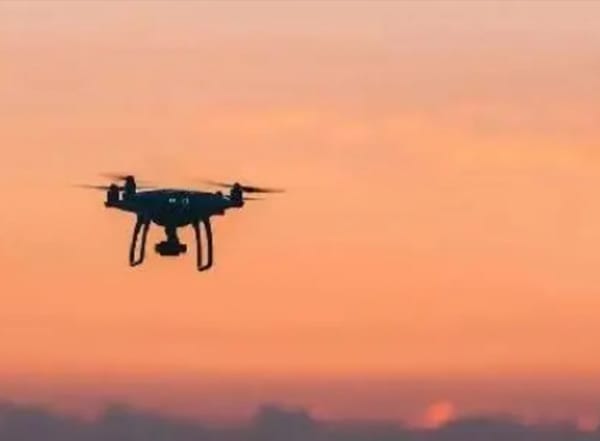
Mexico has diverse landscapes and bustling metropolitan regions that use the latest technologies like drones in fields like surveillance, delivery, and photography. However, this technological progress comes with new risks in sensitive areas like airports, stadiums, and airspace of public areas. However, the way to deal with these unconventional threats is quite different than traditional security threats. To protect its national security and critical infrastructure, Mexico’s Counter UAV systems are crucial. In fact, deploying anti-drone systems is no longer a luxury; it’s a necessity.
#1 Airports: Protecting Civilian and Cargo Flights
Drones in airspaces around airports are more than a nuisance; they are a major threat to aviation safety. Airports in Mexico, such as the Mexico City International Airport (Benito Juárez) and Cancun International Airport, are busy hubs with thousands of flights daily. Unauthorized drones in these areas can lead to catastrophic consequences and cause flight delays, and accidents while compromising passenger safety.
Jammer for drones in these high air-traffic zones can aid in ensuring that the sky remains clear of unauthorized UAVs. Solutions like geofencing, drone detection system, and frequency jammers for drones can help to maintain the seamless operation of air travel and protect civilian and cargo flights from any disruption caused by rogue drones.
#2 Government Buildings and Embassies
When we talk about protecting Mexican infrastructure from drones, the first thing we are talking about is government institutions and foreign embassies that hold a wealth of sensitive information and act as the hub of international diplomacy. Locations like the Palacio Nacional (National Palace) and different foreign embassies in Mexico City are prime targets for potential surveillance by illegal drones. Rogue UAVs could infiltrate these areas and collect unauthorized data or perform aerial attacks or espionage.
In these places, deploying counter-drone measures is a must for national security. Systems capable of detecting drone movements and preventing unauthorized access can ensure that these crucial establishments remain safe from both physical threats as well as data breaches.
#3 Critical Energy Infrastructure
Mexico’s oil and gas sector is an essential part of its economy, with facilities like the Pemex oil refineries and different offshore platforms that play a massive role in energy production. Drones can easily invade these sites, capture sensitive information, or cause damage through sabotage.
Security personnel can adopt anti-drone technology around these critical infrastructures to reduce the risk of drone-related incidents, and these countermeasures can protect the nation’s energy supplies from disruption, sabotage, and theft, which could have caused widespread implications for Mexico’s economy and its energy circuits.
#4 Tourist Hotspots and Cultural Heritage Sites
Places like Chichén Itzá, Teotihuacán, and Cancun draw millions of tourists annually, making them significant economic contributors. While drones can offer a unique perspective for capturing these sites, they can also cause safety issues or damage cultural heritage without proper control. Here, drone defense technologies can help manage aerial traffic and make the sightseeing experience, safe, secure, and enjoyable for all.
Conclusion:
There’s no denying that anti-drones have become the need of the hour in many sensitive establishments across Mexico, but they only work when security personnel get top-notch technology from reliable suppliers. Looking for state-of-the-art anti-drone radars or need drone jamming solutions at competitive industry prices? Find them in the inventory of our website today!
